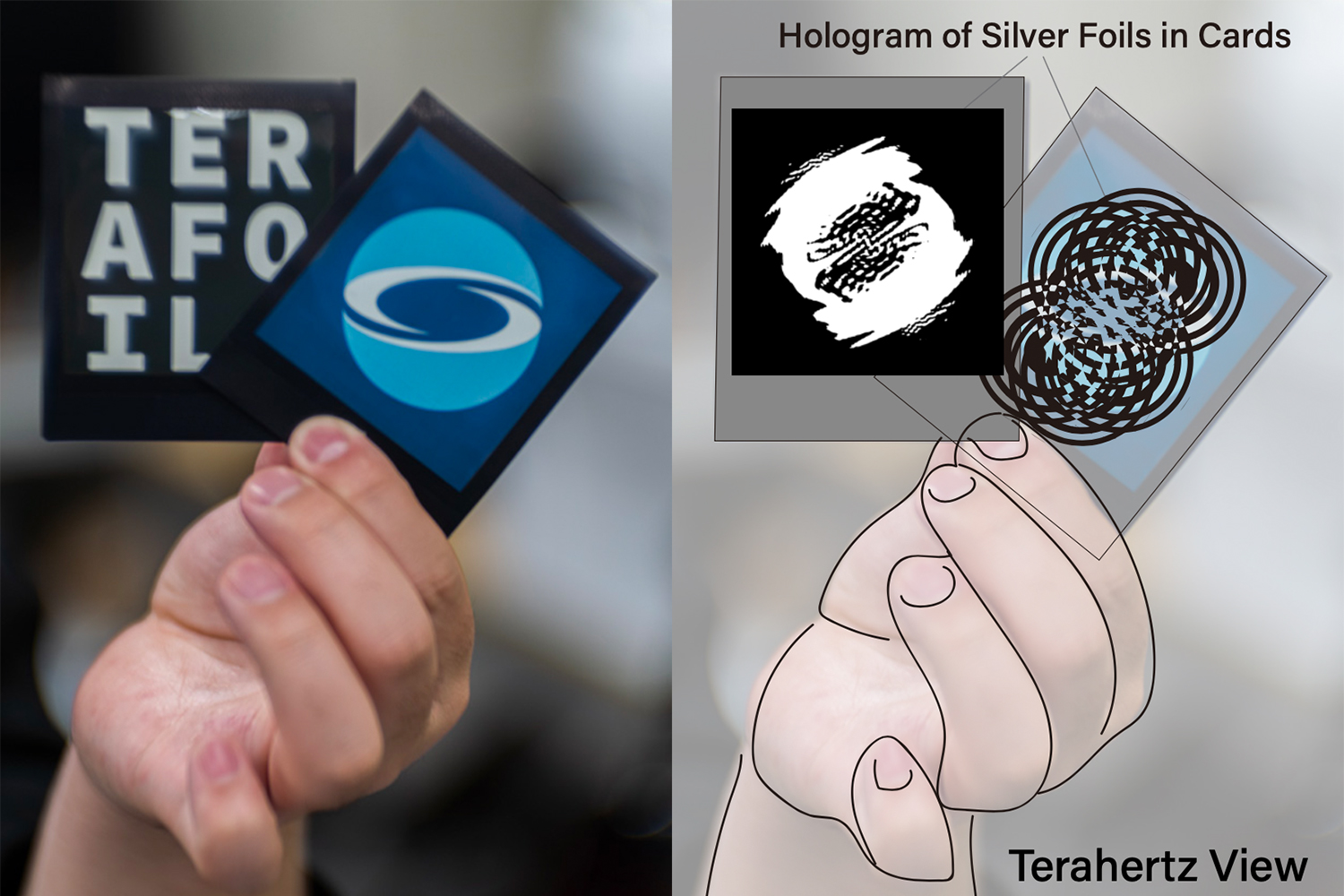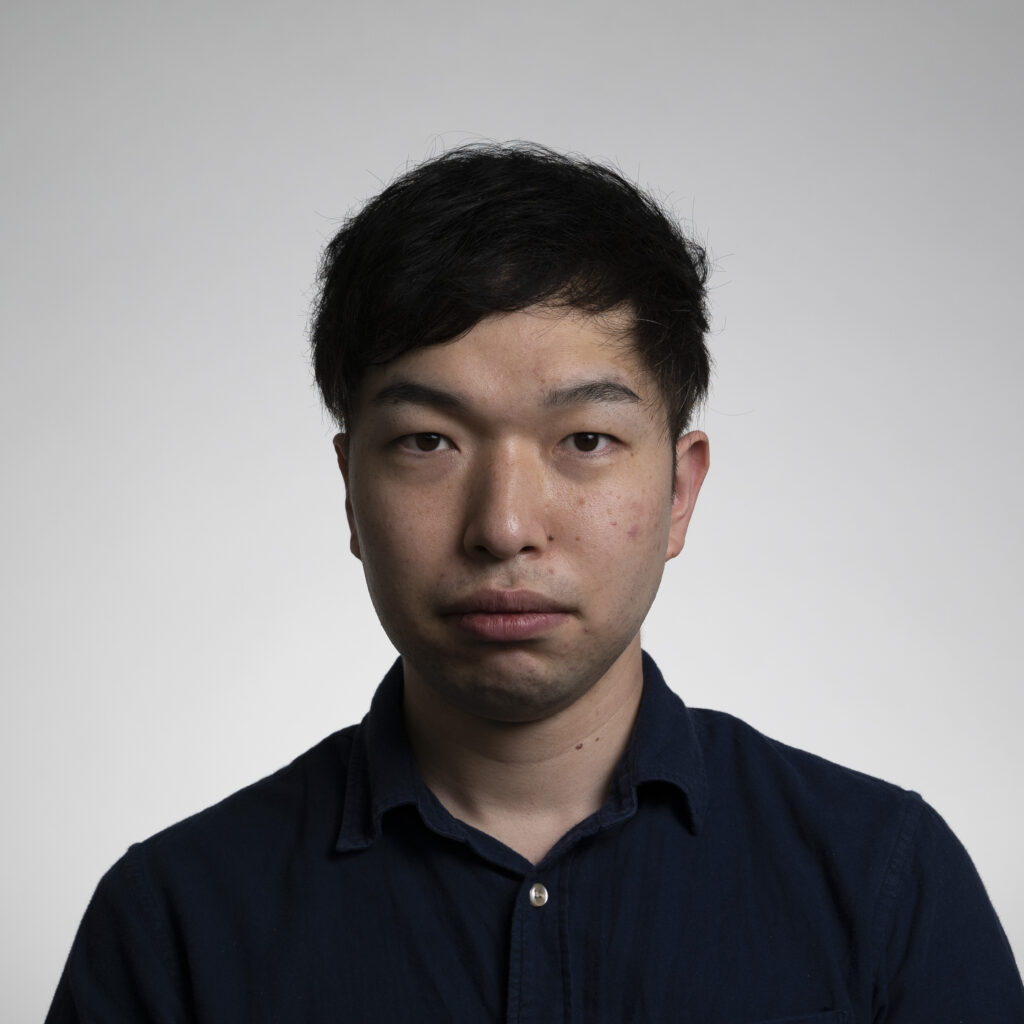“TeraFoils: Design and Rapid Fabrication Techniques for Binary Holographic Structures in the Terahertz Region” © 2021 University of Tsukuba, Pixie Dust Technologies, Inc.
Part of the spirit of the SIGGRAPH conference is the exchange of feedback, inspiration, and discussion to advance innovation. The Posters program is one such interactive forum, where new ideas are shared by students, researchers, and artists with the community and further exploration is encouraged.
We were excited to catch up with one such SIGGRAPH 2021 project, the Poster titled “TeraFoils: Design and Rapid Fabrication Techniques for Binary Holographic Structures in the Terahertz Region.” Read on for more about the background and development of this technique from researcher Kenta Yamamoto, of University of Tsukuba.
SIGGRAPH: Tell us more about the poster you are presenting at SIGGRAPH 2021. What are you most excited to share with SIGGRAPH 2021 participants and why?
Kenta Yamamoto: I want to share with the participants that a hologram structure in the terahertz region can be easily created by a simple and rapid fabrication method. In TeraFoils, silver foil is pasted on a predetermined pattern using thermocompression bonding. This makes it easy to create a 2D hologram. TeraFoils is a method that combines hologram calculation in the optical field and digital fabrication technology, and I think it would be interesting if research on creating hand-made size hologram structures increases in SIGGRAPH.
SIGGRAPH: How did TeraFoils come to be? Could you tell us more about the development process for this research?
KY: At the very beginning, we started by experimenting with how terahertz waves work. We prepared a terahertz light source and a sensor, and investigated whether they could transmit various objects. At that time, the origin of TeraFoils was to start investigating whether terahertz waves could be focused like a lens.
After that, we faced the problem of how to block the light more effectively. We knew that metals reflect terahertz waves, so — by knowing the thermocompression bonding method for silver foil — we were able to realize binary holograms, and TeraFoils was realized.
SIGGRAPH: Were there any obstacles you encountered when developing TeraFoils? If so, how did you overcome them?
KY: Due to the long wavelength of the terahertz wave used this time, the hologram became relatively large, and it became necessary to measure a wide area. It was a little difficult to combine the XZ stages to measure this broad area. In addition, the thermocompression bonding process in the hologram creation process is performed manually, and it is a little challenging to create it well. It took some trial and error to be able to create it successfully.
SIGGRAPH: What other trends in display are you excited to see advance in the coming years?
KY: I am looking forward to the progress of research on holographic near-eye displays in the display field. In SIGGRAPH, excellent algorithms have been proposed by combining hologram calculation and optimization technology. These breakthroughs are making it possible to improve the accuracy of holograms and set new problems in hologram design. As research on holographic near-eye displays progresses, research on holograms that utilize physical objects will become even more interesting.
SIGGRAPH: What advice do you have for someone looking to present a SIGGRAPH Poster during a future conference?
KY: I first participated in SIGGRAPH when it was held in Vancouver in 2018. At that time, I also applied for the Student Research Competition and was selected as a semi-finalist. If you are selected as a semi-finalist, you will be able to present your research to jury members and have a good experience with questions and answers. Since the poster submission requires only two pages, I hope young people (especially undergraduate students) submit and take on the challenge actively.
Explore TeraFoils and other SIGGRAPH 2021 Posters by registering for the conference, 9–13 August, today!
Kenta Yamamoto is a Ph.D student at University of Tsukuba, in the Graduate School of Comprehensive Human Sciences, and his adviser is Yoichi Ochiai. He has mainly been engaged in research on holograms and displays.




